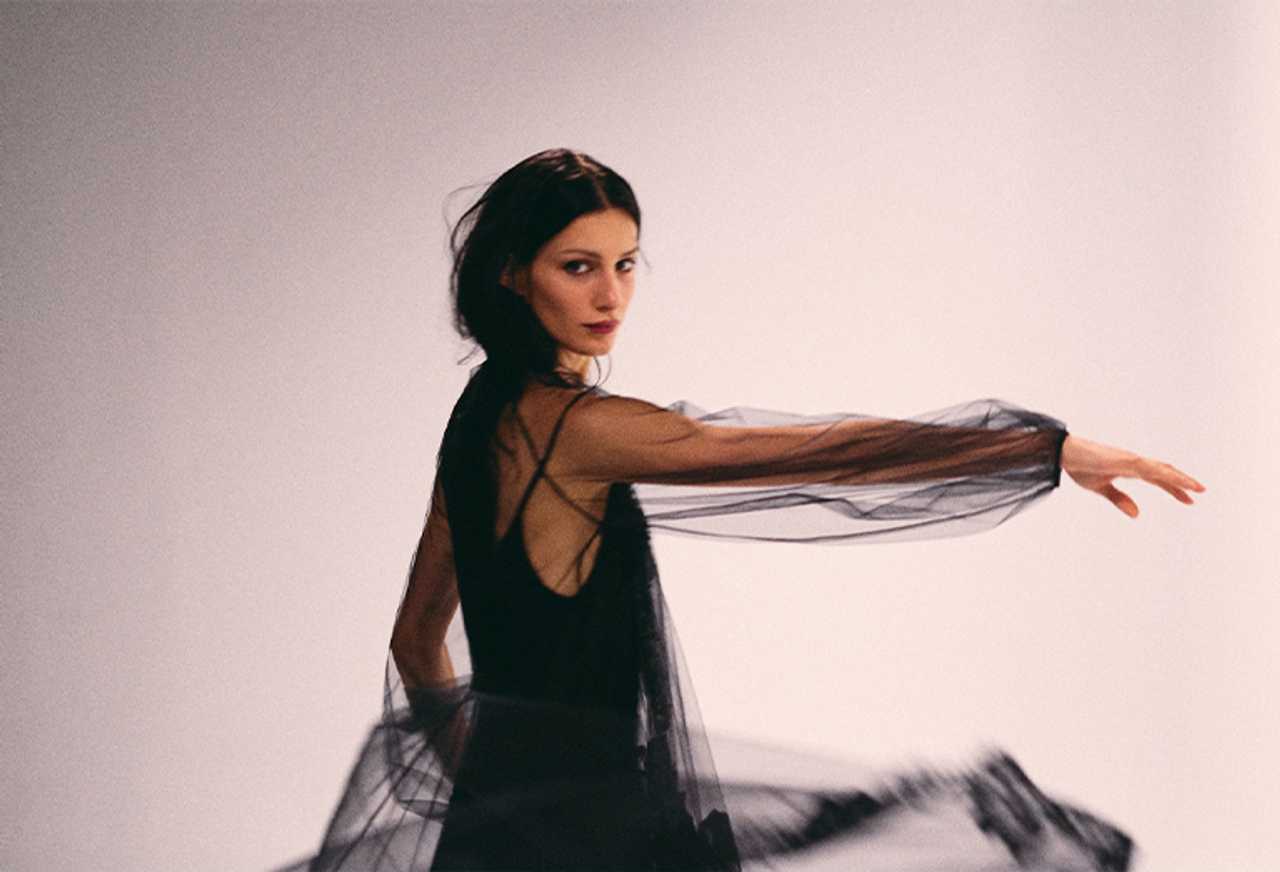
Audrey McGraw
About
Growing up, there was always a piano in Audrey’s home and she would linger there, making up songs. “I played whatever came to me and hoped it sounded good,” she said. With her first album Audrey due this fall, the world will soon see that the writings of this multi-faceted and genre-blurring artist are more than just good, her songs are passionate, deep, and real.
Whether it’s the intimate conversation over scattered piano notes of “Speak,” the foreboding “Thunder,” with its acoustic guitar build and the piano chords falling just so, serving as a rumination on consequences and ramifications, the tentative reality that ultimately forges one’s self, or the organic, surging delivery on Neil Diamond’s seminal “I Am…I Said,”, her unabashed presence transcends merely being a big voice or soul-scraping writer.
When her plan to attend drama school in New York was derailed by the pandemic, Audrey channeled her emotions and experience into writing,ultimately wondering if the things she wrote down were much more than daily musings.
A random meeting with Lukas Nelson at Loretta Lynn’s funeral put her on the path to her soul-baring, life-affirming debut. Having never co-written, she handed him her notebook when they got together and “Beautiful When I Cry” flowed out. Hearing “Beautiful When I Cry,” the old soul realized her piano pieces and journal entries were more than navel-gazing. She recognized her own doubts, heartaches and growing pains might be universal.
After hearing Audrey play piano on a song she’d been writing, a friend introduced her to producer and composer David Baron, who’s worked with the Lumineers, Jade Bird, Noah Kahan and co-operated Edison Hotel Studio with Lenny Kravitz. Audrey, who counts Nina Simone, Mazzy Star, Linda Ronstadt, Jeff Buckley, Roberta Flack and Fleetwood Mac as key influences, found a collaborator who shared her musical tributaries.
The Oberlin-educated producer spent their initial meetings having Audrey play her songs for him on piano. “He’s truly an artist,” she says. “He’d listen, then sit down and play my song with all these beautiful touches. Just expand what I’d done – and showed me everything my songs could be.”
Two week-long sessions at Sun Mountain Studios in Boiceville, NY opened the portals. Arriving with songs composed, a list of covers to consider, they worked fast and built the songs one by one. She explains, “It was very old school and natural. We tracked together, keeping the vocals very live and raw. It was about the song in the moment – and that gave it a feeling you can’t manufacture.”
Certainly, the luminescent “Purple Flowers” delivers a contemplative sorting through all the things that don’t make sense. Sunny, deceptively simple, it creates a refuge of non-denial that tempers the truth with beauty. “Kyle (Emerson Miller) and I had had that song floating between us since the first sessions last year. He’d sent me a worktape with a melody and some mumbling, and I worked on it, pushing it around on the piano. It’s kind of sad, but the idea of that kind of idle time when you’re pining over someone, you can just drift, just look at the purple flowers and experience the beauty of all the feelings.”
Porous, tactile, swelling in places, there is a texture to Audrey that is galaxies from today’s 808s, processed sounds and computer-tuned vocals. With a range of three octaves, the Tennessee-born, California-living vocalist/writer landed somewhere between Laurel Canyon and Laura Nyro’s Stoney End; her vocal leaps feel natural and spontaneous instead of merely athletic vocal power housing.
“I’m not going to sing a song unless I can connect with it in some way,” she offers. “And the meaning of the songs are always changing; it’s whatever the truths are to me in the moment. Maybe those truths are someone else’s, too. That’s what you make art for.”
